Bed Disposal in Zero Waste Mag: Sustainable Solutions for a Greener Future
Introduction
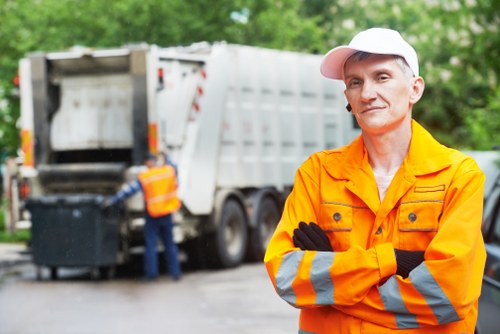
Welcome to our in‐depth exploration of bed disposal in the context of zero waste solutions. In today's fast‐paced world, managing waste responsibly has become a pivotal aspect of sustaining our environment. This article examines how bed disposal can be approached with sustainability at its forefront. As our society faces increasing pressures to reduce landfill contributions and lower the carbon footprint, innovative recycling and disposal methods become essential, especially when dealing with large items like beds. With advances in eco-friendly technologies and a strong emphasis on environmental conservation, we delve into the practical and theoretical aspects of rethinking the final destination of used beds. Every discarded bed carries potential for reinvention and repurposing if treated as a resource rather than waste.
In an era where zero waste initiatives are gaining traction, it is vital to reimagine the lifecycle of everyday household items. The journey of a bed from a piece of furniture to a recycled component can be intricate. By analyzing the challenges and solutions specific to bed disposal, readers are invited to explore not only the technical facets of waste management but also the philosophical underpinnings of sustainability. Modern strategies encourage the transformation of items that have reached the end of their useful life into valuable commodities for new uses. This approach not only decreases environmental strain but also stimulates a circular economy where waste is minimized and resources are optimized.
From the standpoint of environmental impact, the proper disposal of beds represents a microcosm of our broader waste challenges. With traditional disposal methods contributing significantly to landfill overflow and greenhouse gas emissions, the shift towards zero waste methodologies stands as a beacon of innovation and responsibility. The complexities of disassembling, sorting, and preparing bed materials for further processing demand both technological sophistication and creative problem-solving. As we navigate these complexities, it is important to acknowledge that sustainable bed disposal is not merely a technical challenge but also a social opportunity—one that transforms how communities view discarded items. This article serves as both a call to action and an educational tool, empowering homeowners, recyclers, and policymakers to make informed decisions about waste management.
Understanding Zero Waste Principles
The Philosophy Behind Waste Reduction
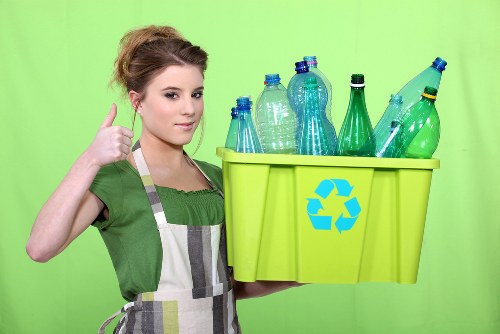
The zero waste movement urges us to rethink every facet of our consumption and disposal habits. At its core, zero waste is not about achieving perfection but about constantly striving to reduce the amount of waste that escapes into our ecosystems. This movement is built on the principles of reduce, reuse, and recycle—a framework that challenges the traditional take-make-dispose economic model. Bed disposal, as one of the critical components of household waste, stands at the crossroads of consumer behavior, design innovation, and environmental stewardship. By incorporating modern recycling practices and creative reuse strategies, the journey of a bed can be redirected away from the landfill and into a productive new life.
Embracing eco-conscious practices involves recognizing that every discarded item carries embedded energy and potential. When we apply zero waste principles to bed disposal, we engage in a conscious effort to minimize waste through resourcefulness and innovation. This means designing products with their end-of-life in mind, encouraging repair and refurbishment, and fostering a culture that values sustainability over disposability. The initiatives discussed here underscore the importance of continuous improvement in the way we approach waste, where learning from each experience helps pave the way for even more effective future solutions.
Moreover, zero waste strategies have evolved to address both the environmental and economic dimensions of bed disposal. From reducing the load on municipal waste systems to creating new job opportunities in recycling industries, the benefits are wide-ranging. By intertwining traditional environmental ethics with modern efficiency techniques, municipalities and private enterprises alike can work together to achieve dramatic reductions in waste. The resulting systems are not only environmentally friendly but also economically sustainable, demonstrating that sustainability and profitability can go hand in hand when innovative recycling practices are embraced.
Challenges in Bed Disposal
Assessing Environmental Risks
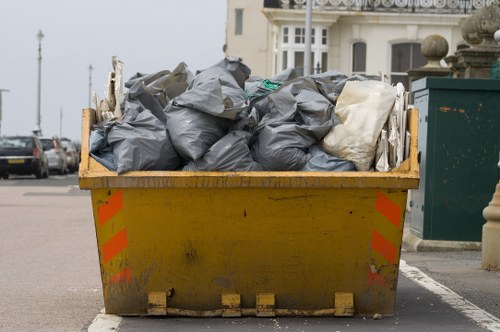
Despite promising initiatives, the path to effective bed disposal is strewn with significant challenges. Beds are bulky and often composed of multiple materials such as wood, metal, foam, and fabric. This complex construction makes it difficult to sort and process the components without specialized equipment. In many regions, the infrastructure to handle these complexities lags behind, leading to a propensity for these items to end up in landfills where they decompose slowly, releasing harmful greenhouse gases. Addressing the mix of materials requires both technological upgrades and a shift in how manufacturers design beds, embedding a recyclable structure into the product's DNA from the outset.
One of the most urgent challenges is the environmental impact associated with the raw materials traditionally used in bed production. The environmental degradation linked to deforestation, chemical use in upholsteries and foams, and the mining of metals necessitates a more responsible approach to disposal. When these materials are not recycled properly, they contribute to resource depletion and increase pollution levels. The conversation around bed disposal must thus transcend the technicalities of material segregation and embrace broader questions about sustainable production and consumption. This alignment of production and end-of-life processing serves as a crucial note in the harmony of zero waste philosophies.
Furthermore, communities and governments face logistical challenges that complicate sustainable bed disposal. Collection services may not be adequately equipped to handle large items, and the cost associated with dismantling beds for recycling remains a deterrent for households. Integration of door-to-door collection and localized recycling centers could reduce these barriers, yet such systems require considerable investment and public awareness. The complexity of these challenges calls for a comprehensive review of current waste management policies, encouraging partnerships between the private sector, government agencies, and non-profit organizations. Together, these collaborations can spearhead initiatives that not only reduce the waste footprint but also promote environmental literacy among consumers.
Innovative Solutions for Bed Disposal
Eco-Friendly Bed Repurposing
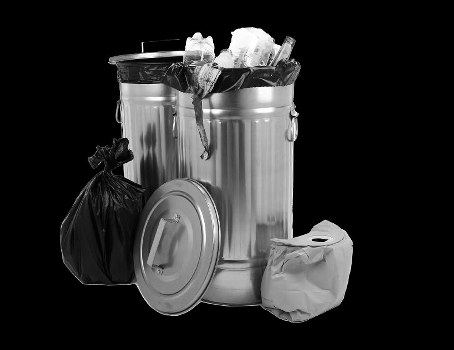
The quest for innovative solutions in bed disposal has led to remarkable advancements in recycling and repurposing. Across the globe, forward-thinking companies are transforming what was once considered waste into valuable resources. These initiatives involve breaking down beds into constituent materials and reintegrating them into the manufacturing cycle. For example, wood from bed frames can be refurbished or used in the production of sustainable building materials, while metal parts may be melted down and reused in new industrial applications. By examining each component separately, the idea of bed disposal gradually shifts from a waste problem to an opportunity for resource recovery.
Innovative strategies also include the upcycling of old beds into modern furniture, garden structures, or even art installations. Such creative reuses not only extend the lifespan of the original materials but also foster unique design approaches that harmonize with zero waste priorities. An increasing number of artisans and eco-entrepreneurs embrace these methods, creating locally sourced designs that blend functionality with aesthetic appeal. Combined with digital platforms that facilitate the exchange and resale of second-hand furniture, these approaches help reduce the overall demand for new production, thereby slashing the input of virgin materials.
Moreover, sustainable bed disposal projects are often bolstered by government incentives and community-based initiatives that encourage waste minimization. Some programs offer subsidies or tax breaks to companies committed to developing eco-friendly recycling technologies.
Key Benefits:
- Resource Efficiency: Maximizing the use of raw materials through recycling.
- Cost Savings: Lowering disposal costs by reducing landfill use.
- Innovation Boost: Fueling technological advancements that benefit multiple sectors.
Steps to Effective Bed Disposal
Achieving Zero Waste Goals
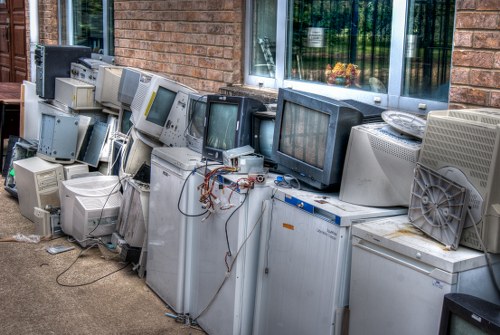
The road to achieving truly sustainable bed disposal is paved with practical, actionable steps. The first step in an effective strategy is to assess the condition of the bed to determine whether it can be refurbished or repurposed. In cases where repair is feasible, emphasis should be placed on upgrading and refurbishing the bed rather than disposing of it. This approach not only minimizes waste but also spurs a local economy by creating opportunities in repair and design services. Innovative recycling methods require thoughtful product design, meaning bed manufacturers must consider the full lifecycle of their products during the design phase.
Subsequent steps involve a meticulous process of disassembly, sorting, and recycling.
Process Overview:
- Disassemble the bed into its core components.
- Sort materials by type: differentiating between metal, wood, foam, and fabric.
- Send each material for recycling or repurposing.
- If possible, donate parts or the entire bed to skilled craftsmen or local charities.
Finally, public awareness and consistent policy support are the cornerstones of any successful sustainable waste management system. Educational initiatives that communicate the benefits of zero waste practices, including the innovative reuse of large items like beds, can significantly alter consumer behavior. Various stakeholders—ranging from manufacturers to local councils—must collaborate to create infrastructures that support eco-friendly disposal methods. Conversations about sustainability should not stop at technological fixes; they must also address the social responsibility that each consumer carries. With this in mind, we encourage you to contact us today to learn more about how you can contribute to a cleaner environment, and book your service now to ensure that your bed disposal efforts align with the highest standards of ecological responsibility.
